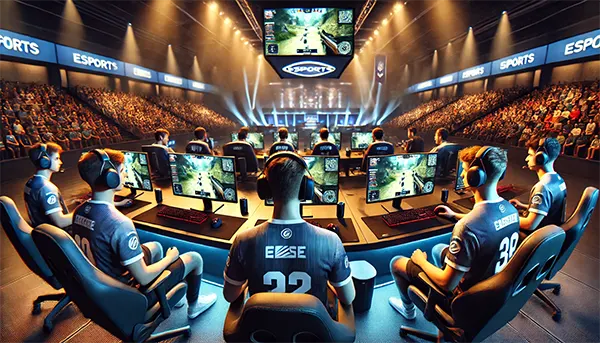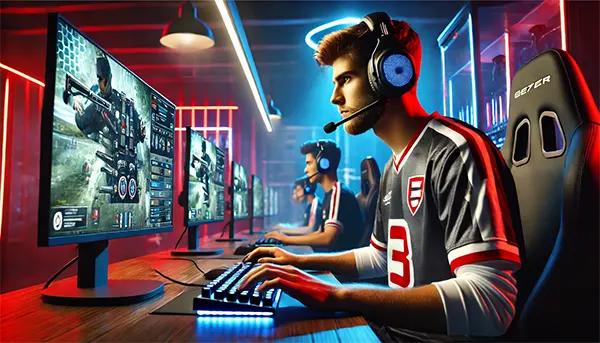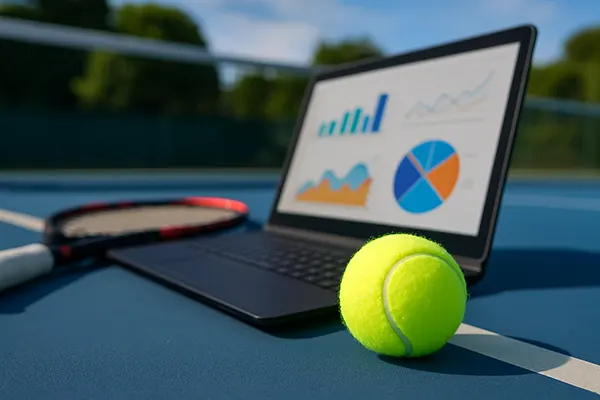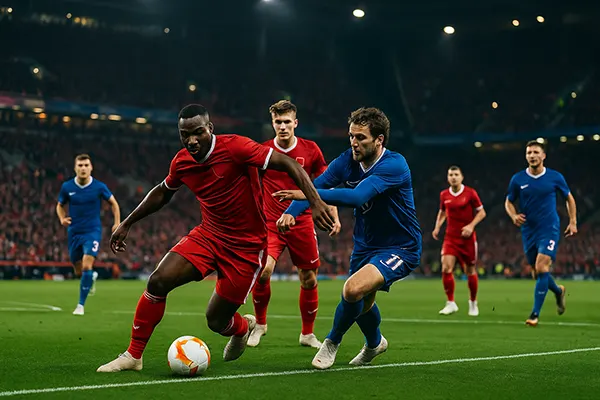The Most Scandalous Moments in Esports History: Cheating, Match-Fixing, and Banned Tactics

Esports has evolved into a billion-pound industry, attracting millions of viewers and massive prize pools. However, with success comes controversy. Over the years, professional gaming has witnessed numerous scandals involving cheating, match-fixing, and unethical practices. These incidents have shaken the industry, leading to strict regulations and lifetime bans for players. In this article, we explore the most infamous moments in esports history.
The iBUYPOWER Match-Fixing Scandal
One of the most shocking cases of match-fixing occurred in 2014 when the North American Counter-Strike: Global Offensive team iBUYPOWER deliberately lost a match against NetcodeGuides.com. The scheme was uncovered after leaked chat logs revealed that players had bet against themselves, winning thousands in skins and cash.
The scandal sent shockwaves through the CS:GO community. Betting had become an integral part of the scene, and this case highlighted the vulnerabilities of the system. While some argued that match-fixing was inevitable in an unregulated market, others saw it as a betrayal of competitive integrity.
Valve responded with harsh measures. The involved players, including key members of iBUYPOWER, were handed lifetime bans from all Valve-sponsored events. This decision set a precedent for how esports organisations would deal with match-fixing scandals in the future.
The Impact on the Esports Betting Market
Following the iBUYPOWER scandal, betting platforms introduced stricter regulations. Esports tournament organisers started collaborating with third-party agencies to monitor suspicious betting activity. These changes helped reduce the likelihood of similar incidents occurring in major competitions.
For players, the scandal served as a stark warning. It demonstrated that even top-level competitors were not immune to severe punishments. The risk of being permanently banned from professional play outweighed any potential short-term financial gain from match-fixing.
Despite the bans, some former iBUYPOWER players later attempted to re-enter the competitive scene through smaller, non-Valve tournaments. However, their reputations remained tarnished, and most found it difficult to regain public trust.
Cheating on a Professional Stage
Cheating has been a persistent issue in esports, with some players resorting to illegal software to gain an unfair advantage. One of the most notorious cases occurred in 2018 when Nikhil “Forsaken” Kumawat, a player for OpTic India, was caught using aim-assist software during a LAN tournament.
During the eXTREMESLAND Asia tournament, event administrators noticed suspicious gameplay patterns. When they inspected Forsaken’s computer, they found cheating software disguised as a Word document. The player attempted to delete the files in a panic, but it was too late.
As a result, Forsaken received a five-year competitive ban, and OpTic India disbanded their entire roster. This incident reinforced the importance of strict anti-cheat measures in both online and offline tournaments.
The Role of Anti-Cheat Software in Esports
In the aftermath of the Forsaken scandal, esports organisers strengthened their security protocols. LAN events implemented more rigorous equipment checks, while online tournaments increased their reliance on advanced anti-cheat software.
Companies such as Valve and Riot Games have since developed their own proprietary anti-cheat systems to detect suspicious activity in real-time. These systems use machine learning to identify abnormal behaviour, such as inhuman reaction speeds or unnatural movement patterns.
While anti-cheat technology has improved significantly, hackers continuously develop new methods to bypass these security measures. As a result, esports organisations must remain vigilant to prevent future scandals from damaging the industry’s credibility.

Doping in Esports
Unlike traditional sports, esports does not require physical endurance. However, cognitive-enhancing drugs, such as Adderall, have been used by professional players to improve concentration and reaction time. One of the most controversial doping admissions came from Cloud9’s Kory “SEMPHIS” Friesen in 2015.
Friesen openly stated that his team had used Adderall during the ESL One Katowice tournament, claiming that it helped them maintain focus for extended periods. His comments raised concerns about the prevalence of performance-enhancing drugs in esports.
Following the revelation, tournament organisers took action. ESL introduced an anti-doping policy in collaboration with the World Anti-Doping Agency (WADA), making esports one of the first digital sports to implement drug testing.
The Debate Over Drug Testing in Esports
The introduction of anti-doping measures sparked debate within the gaming community. Some argued that substances like Adderall provided an unfair advantage, while others believed that enforcing strict drug policies would be difficult due to the nature of competitive gaming.
Despite the challenges, esports organisations have continued to develop regulations to address the issue. Players competing in major tournaments are now subject to random drug tests, ensuring fair play across all levels of competition.
Although doping remains a concern, increased awareness and regulation have helped mitigate its impact on the industry. Players are now more cautious about using substances that could result in bans or damage their careers.




